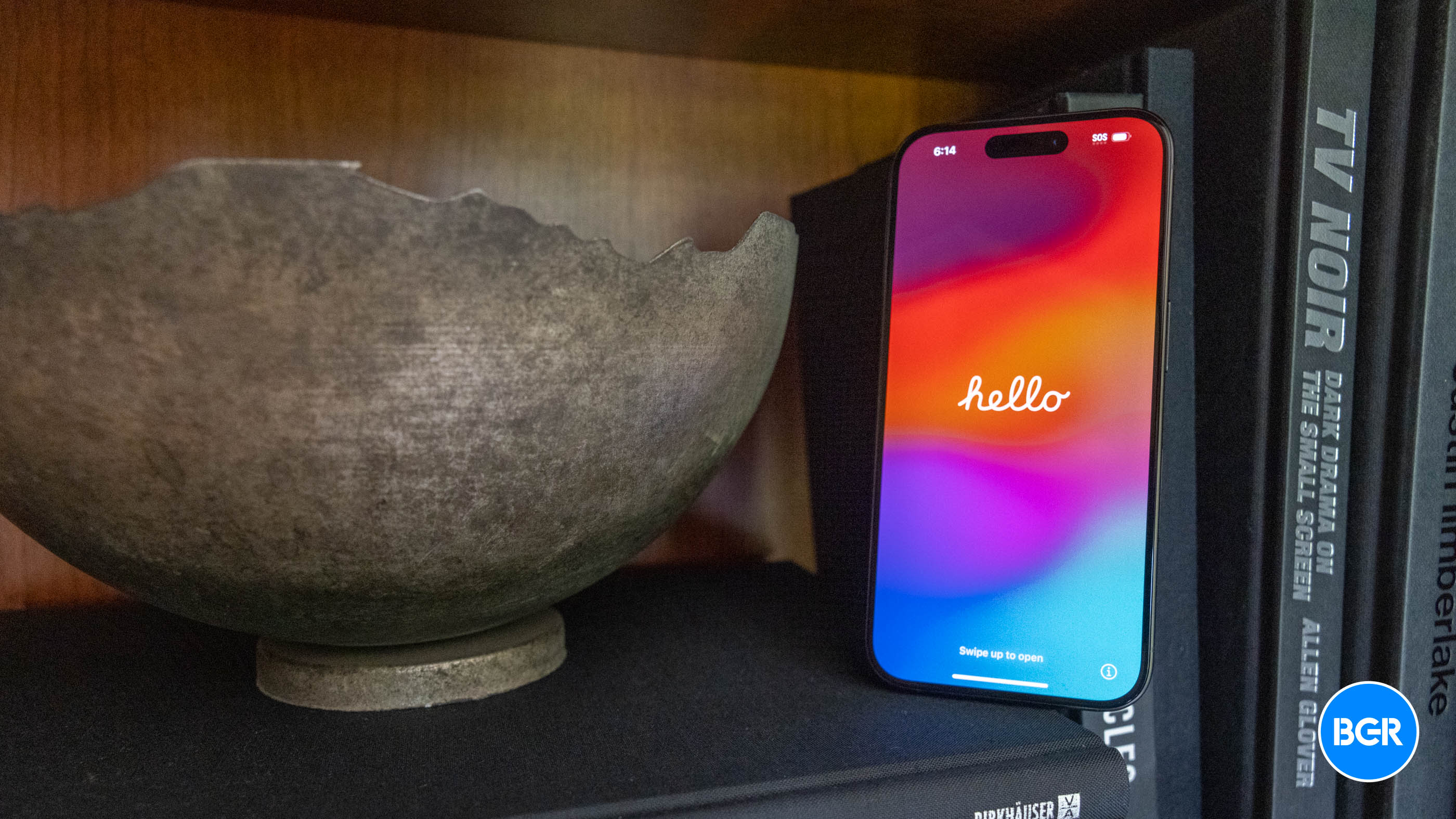Stone Age tools show evidence of a cognitive process that is present in humans today.
Laura Baisas
|
Published Feb 21, 2024 2:00 PM EST

In addition to hunting cave lions, creating art, cooking crabs, and potentially being the ultimate morning people, Neanderthals in what is now Europe also used their own kind of glue. A study published February 21 in the journal Science Advances finds that their stone tools were held together by a multi-component adhesive. This is the earliest evidence of a complex adhesive used by Neanderthals on the European continent. It also adds more evidence to the theory that these extinct human predecessors had a higher level of cognition and cultural development than scientists previously thought.
[Related:[Related:Sensitive to pain? It could be your Neanderthal gene variants.]
In the study, an international team of researchers re-examined tools that were first discovered in the early 20th century at the Le Moustier archaeological site in France. The tools date back about 120,000 and 40,000 years ago, during the Middle Palaeolithic era or Old Stone Age.
“These astonishingly well-preserved tools showcase a technical solution broadly similar to examples of tools made by early modern humans in Africa, but the exact recipe reflects a Neanderthal ‘spin,’ which is the production of grips for handheld tools,” study co-author and New York University anthropologist Radu Iovita, said in a statement.
The tools were individually wrapped in the 1960s, preserving the organic substances in the very old glue. Researchers found traces of a mixture of ochre and bitumen on several scrapers, flakes, and blades. Ochre is a naturally occurring earth pigment that can be pale yellow, red, brown, and violet. Bitumen naturally occurs in soil and is a component of asphalt that can be made from crude oil. In the Le Moustier region, bitumen, and ochre would have had to be collected from distant locations. According to the authors, this would have meant a lot of time, effort, planning, and a targeted approach.

“We were surprised that the ochre content was more than 50 percent,” Patrick Schmidt, a study co-author and archaeologist and geologist from the University of Tübingen in Germany, said in a statement. “This is because air-dried bitumen can be used unaltered as an adhesive, but loses its adhesive properties when such large proportions of ochre are added.”
After figuring out which compounds were used, the researchers tested the strength of the adhesive material in the lab. When they used liquid bitumen, the substance was not really suitable for gluing. However, if 55 percent ochre was added, a malleable mass formed. The eventual mixture was sticky enough for a stone tool to remain stuck in it, but didn’t adhere to the skin on the hands after it dried. This makes it a suitable material for a tool’s handle. A microscopic examination of traces of how the tools were used and worn down revealed that the adhesives were, in fact, used to connect the tool to a handle.
[Related:[Related:Europe’s oldest human-made megastructure may be at the bottom of the Baltic Sea.]
“The tools showed two kinds of microscopic wear: one is the typical polish on the sharp edges that is generally caused by working other materials,” said Iovita. “The other is a bright polish distributed all over the presumed hand-held part, but not elsewhere, which we interpreted as the results of abrasion from the ochre due to movement of the tool within the grip.”
Previously, using adhesive made from components including tree resin and ochre, was known from early humans (Homo sapiens) in Africa, but not from earlier Neanderthals living in Europe. The development of these adhesives and their use in building tools is considered to be some solid material evidence of the cultural evolution and cognitive abilities of early humans.
“Compound adhesives are considered to be among the first expressions of the modern cognitive processes that are still active today,” said Schmidt. “What our study shows is that early Homo sapiens in Africa and Neanderthals in Europe had similar thought patterns. Their adhesive technologies have the same significance for our understanding of human evolution.”

Note: This article have been indexed to our site. We do not claim legitimacy, ownership or copyright of any of the content above. To see the article at original source Click Here













